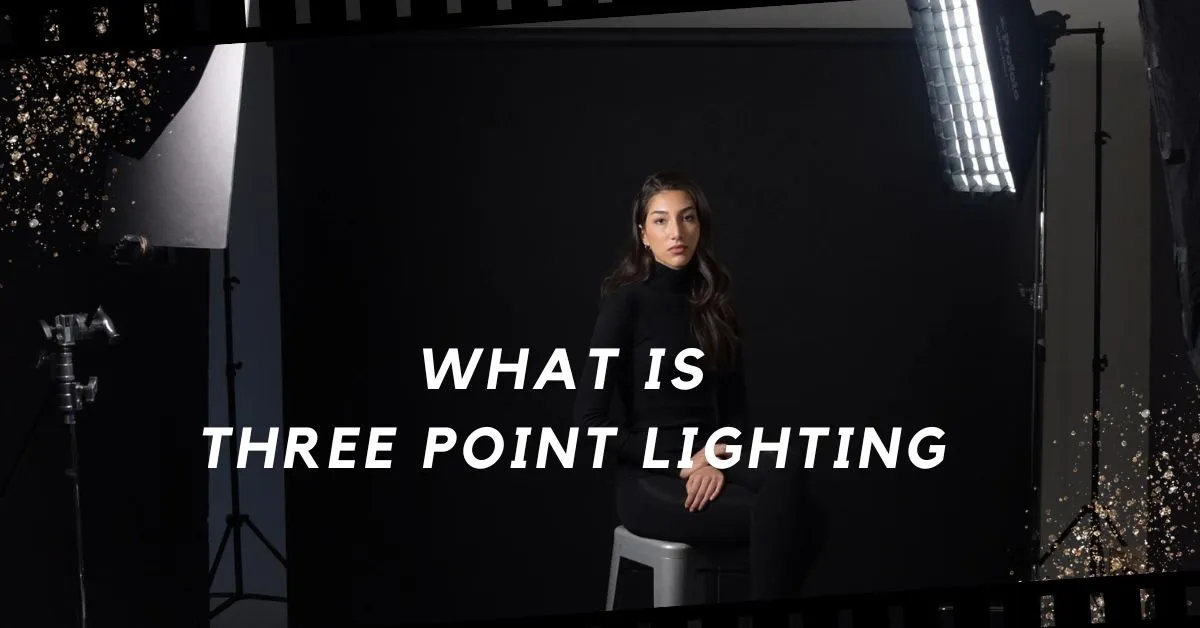Three-point lighting is a fundamental lighting technique used in films and other visual mediums
to create a balanced and visually appealing illumination of subjects. It involves the strategic
placement of three primary light sources: the key light, the fill light, and the backlight. Each
light serves a specific purpose in shaping the subject and adding depth to the scene.
- Key Light: The key light is the primary light source in three-point
lighting. It is typically positioned at a 45-degree angle to the subject and slightly above
eye level. The key light provides the main illumination, highlighting the form and features
of the subject. It creates shadows on the opposite side, adding depth, dimension, and visual
interest to the scene.
- Fill Light: The fill light complements the key light by filling in the
shadows created by the key light. It is placed on the opposite side of the key light,
softening the harsh shadows and reducing the overall contrast. The fill light ensures that
important details are visible in the shadows and helps create a more balanced and pleasing
image.
- Backlight: The backlight, also known as the rim or hair light, is
positioned behind the subject, aimed towards the back of their head or shoulders. It
separates the subject from the background, adding depth and dimensionality. The backlight
creates a halo-like effect, outlining the subject and adding a subtle highlight, which
enhances the visual separation and creates a three-dimensional appearance.
The purpose of three-point lighting in films is multifaceted:
- Shaping and Defining the Subject: By using the key light to illuminate the
subject, three-point lighting helps define their features, contours, and shapes. It adds a
sense of realism and allows the audience to connect with the characters and objects on
screen.
- Balancing Exposure: The fill light helps balance the exposure by reducing
the contrast between the bright areas illuminated by the key light and the shadows. This
ensures that important details in the shadows are visible without overexposing the
highlights.
- Depth and Dimension: The strategic placement of the backlight adds depth
to the scene, separating the subject from the background. It creates a sense of depth and
adds visual interest by providing highlights and depth cues.
- Visual Hierarchy and Focus: Three-point lighting guides the audience's
attention by emphasizing certain elements or characters in the frame. The key light, for
example, can draw the viewer's eyes towards the main subject, while the backlight can
highlight important details or create a sense of depth within the scene.
Overall, three-point lighting is a versatile and widely used technique in filmmaking because it
allows filmmakers to control and enhance the visual aesthetics of a scene. It provides a
balanced illumination, adds depth and dimensionality, and guides the viewer's focus, ultimately
contributing to the overall storytelling and cinematic experience.


